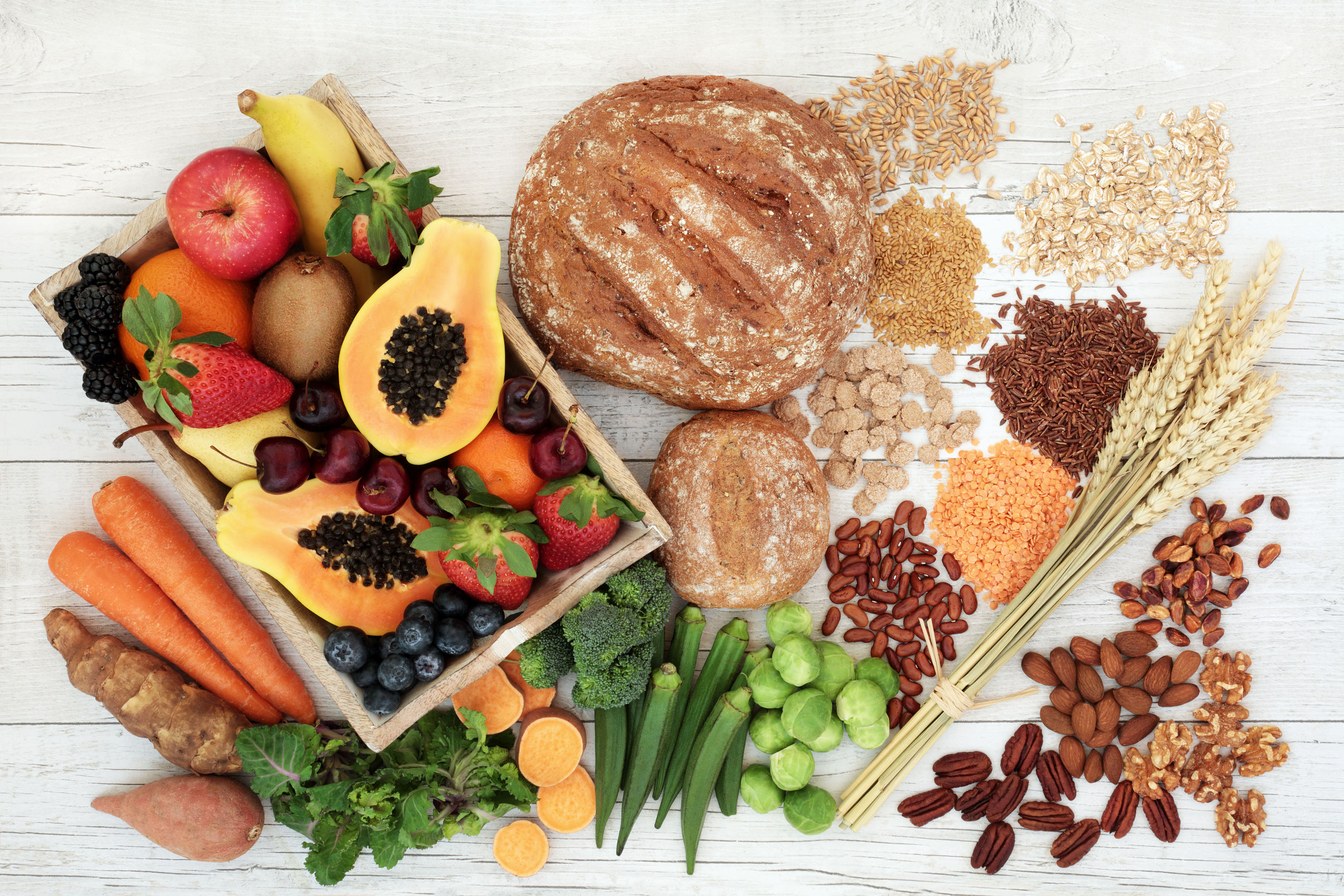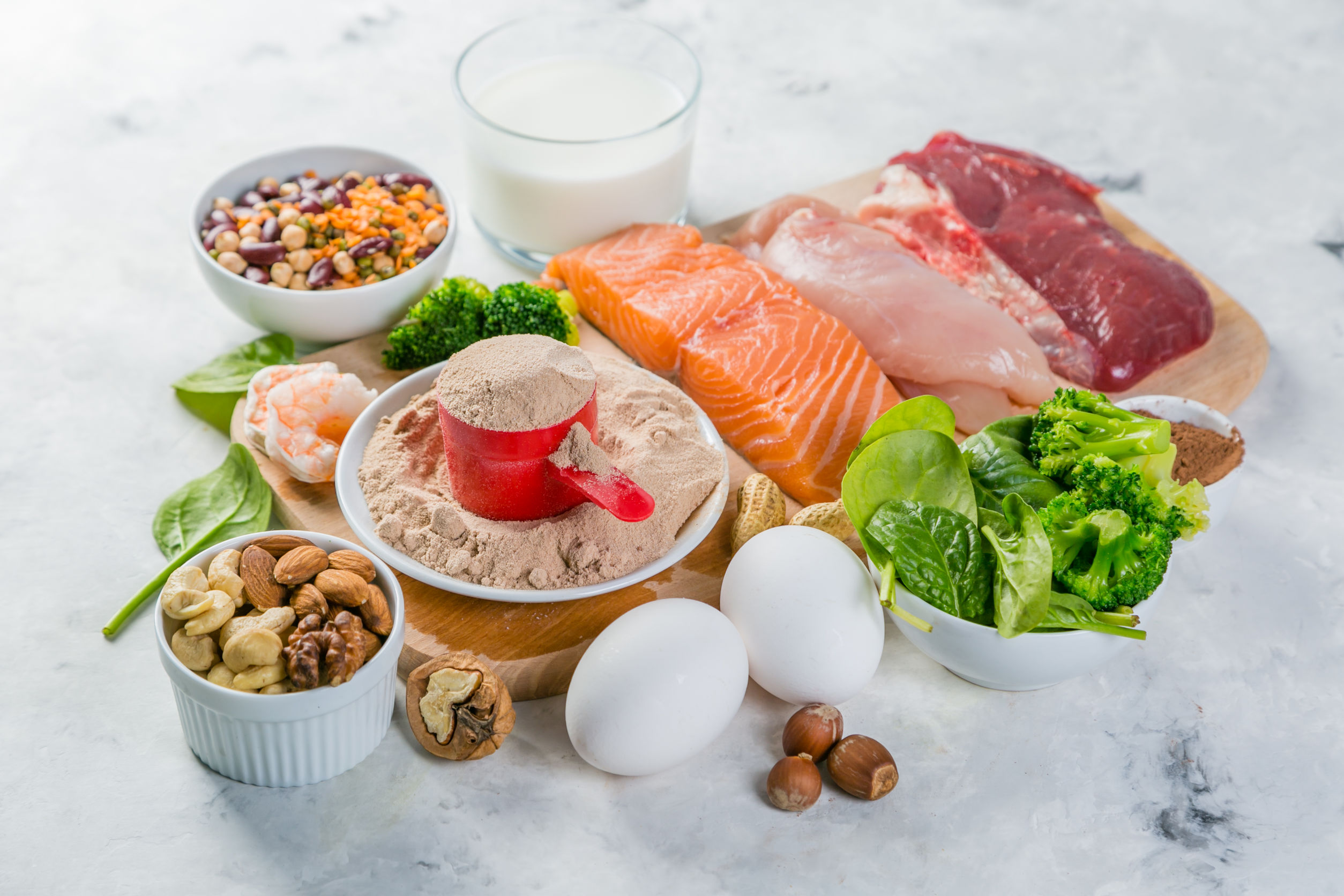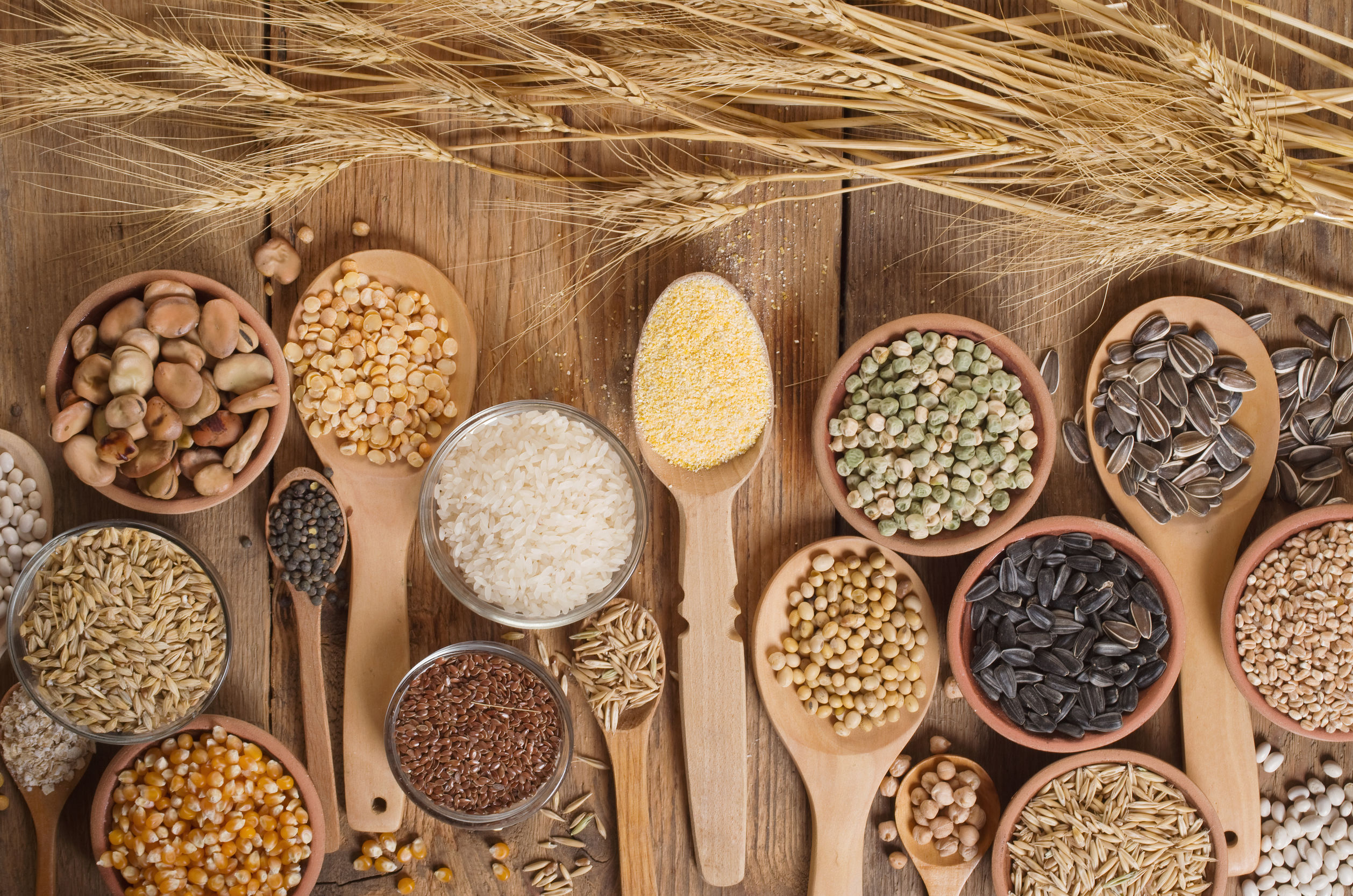
“You are what you eat” our parents often told us. They cannot be more wrong.
Malaysians love food; there is no denying that. In fact, Malaysia has been ranked as one of the most obese countries in Asia; not something we would be very proud of. From nasi lemak for breakfast to cendol for dessert, almost all of our foods are either fatty or high in calories; probably one of the main reasons why food related disorders amongst Malaysians are too common.
What are food related disorders anyway? Not to be confused with eating disorders, this can range from various health complications such as diabetes to heart problems and cancer to arthritis.
And how do we avoid this? Simple: Just avoid unhealthy habits and go for nutrition rich foods. As easy as it may seem, for Malaysians, this will certainly be an uphill task. We love our food, as we know it, and a lot of us usually do not put much thoughts of into what we should eat or what we should not eat.
The bottom line is, all you need is to start small to start seeing the differences. You could boost or upgrade the value of your meals from foods “enriched” with fat and calories to nutrition rich foods.
So, where and how do you start?
 First, listen to your body. Every time before taking the first bite of something, do a “belly check”: Are you really hungry, or are you just eating because the food is there in front of you?
First, listen to your body. Every time before taking the first bite of something, do a “belly check”: Are you really hungry, or are you just eating because the food is there in front of you?
Second, set moderate goals, and certainly not unachievable ones. Nobody’s perfect, so let’s not waste the opportunity of actually achieving something plausible by aiming straight for “perfection”. After all, achieving something is better than nothing at all.
Third, get more sleep. Not only sufficient sleeps helps with weight management, sleeping more also gives you less time to eat. Two birds with a stone!
Fourth, buy food packaged in individual portions. Economy size packages or combo meals will usually encourage overeating as opposed to individual packaging as you don’t realise the actual amount you would be consuming.
Last but not least, start your day with breakfast. Studies have shown that when people ate most of their calories in the morning, they ate less overall during the day. Your body will automatically adjust the calorie needs based on your morning intakes.
Assuming you have had a good start by incorporating the above good habits into your lifestyle, you can move on to the next step. When you are stable on your prevention of unhealthy eating habits, now try injecting nutritious ingredients or foodstuffs into your daily diet.

Add fiber to all of your meals, be it breakfast, lunch or dinner. Fiber is not only good for your digestive system, but also lowers your risk of developing type 2 diabetes.

Eat healthy fats and omega-3 fats, which helps to lower inflammation, depression and heart threatening triglycerides, and further, supports brain health.

Boost your meals with antioxidant rich ingredients, which helps to build healthy cell protectors and cancer cell blockers.
 Eat more lean and plant-based protein. Protein helps to repair tissues and functions as the building block for muscles, cartilage, skin, and blood.
Eat more lean and plant-based protein. Protein helps to repair tissues and functions as the building block for muscles, cartilage, skin, and blood.

Choose whole grains over sugary breakfast cereals. Whole grains have not been polished, stripped or ground. Thus, they are high in fiber and protein, also nutrient rich.

Finally, eat calcium rich foods. Calcium, as it goes without saying, helps to build up strong bones and teeth, regulates muscle contractions and helps prevent bone and joint related problems such as osteoporosis.
The moral of the story is simple: There are plenty of healthier alternatives to skipping meals and starving your guts out to control your unhealthy food intake. It is all about watching what you eat, and not about what you should not eat. If your food and meal combinations have a bit of everything your body requires to get through the day without feeling nutrient-deprived, then you’re probably on track
Of course, certain people have food preferences or even restrictions, such as disliking green vegetables or lactose intolerance. As you’d see from the above, there is a wide range of healthy foodstuffs or ingredients to choose from for each category of nutrients - there is no limit to what you can eat and what you can’t eat. If you dislike eating green vegetables for source of fiber, resort to drinking unsweetened juices or eating fruits instead. Similarly, if you can’t drink milk or eat cheese for source of calcium, you could always resort to other calcium-rich foods such as cabbage or broccoli.
So what are you waiting for? Start making changes to and boosting your meals today, and observe the difference in your health.